India’s March WPI Inflation Accelerates, Adding Pressure on Retail Prices
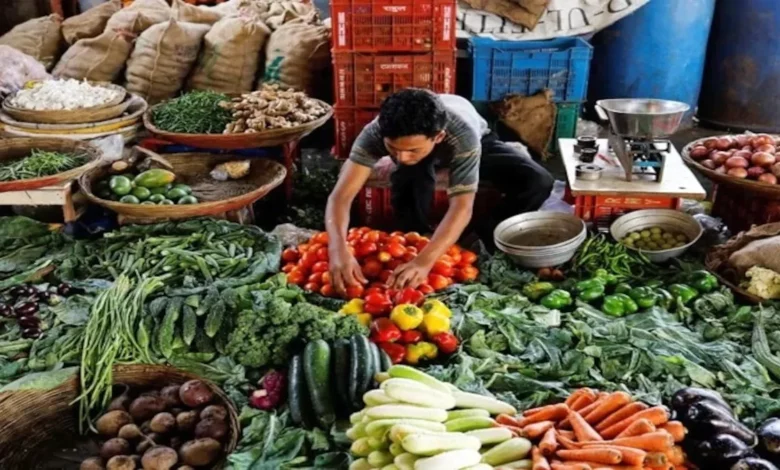
India’s March WPI Inflation Accelerates, Adding Pressure on Retail Prices
Inflation is defined as an increase in the price of most everyday or common goods and services, like food, clothing, housing, recreation, transportation, consumer staples, etc. Inflation is defined as the average change in the price of a basket of goods and services over time. Deflation is the opposite and uncommon reduction in the price index of this bundle of items. Inflation is defined as a drop in the purchasing power of a country’s currency unit. This is expressed as a percentage.
In India, both cost-push and demand-pull variables contribute to inflation. The substantial increase in vegetable prices, for example, is an example of demand-pull inflation, in which the storage of produce in marketplaces drives prices to new highs. The cost-push factor also causes prices to rise if there is a price increase in petroleum products. This is because petroleum is a key component in many manufactured goods, and as a necessary fuel for vehicle transport, it raises transportation costs, causing prices to rise in general.
Mounting government spending, deficit financing and increased money supply, the involvement of black money, and rapid population expansion are the key demand-pull forces.
As commodities and services become more expensive, inflation reduces the purchasing power of a currency unit. This has an effect on a country’s cost of living.
When inflation is strong, the cost of living rises along with it, resulting in a slowdown in economic growth. For spending to be encouraged and saving to be discouraged, a certain degree of inflation is essential in the economy. Due to the fact that money loses its value over time, people must invest their money. Investing ensures a country’s economic progress.
As enterprises deal with rising input costs and pass on higher prices to consumers, India’s annual wholesale inflation rate surged to 14.55 per cent in March, finishing a year in double digits.
Wholesale prices, which are a proxy for producer pricing, have risen as input costs for things like petroleum, metals, and chemicals have increased. According to experts, this is putting more pressure on retail pricing.
Fuel prices jumped 34.52 per cent year over year in March, compared to 31.50 per cent in February, exceeding the 13 per cent expected in a Reuters survey of analysts.
For the third month in a row, headline retail inflation increased to 6.95 per cent, the highest level in 17 months and above the top limit of the central bank’s tolerance zone, putting pressure on the bank to hike interest rates.
Economists have raised their inflation forecasts for the following months, and their expectations for rate hikes by the central bank from 150 basis points to up to 200 basis points by the third quarter of 2023.
RBI announced earlier this month that it had begun to move away from its ultra-loose monetary policy, which has kept its core lending rate at a record low, as its priorities shift to combating rising inflation in the aftermath of the Russia-Ukraine conflict.
Wholesale manufactured product prices increased 10.71 per cent, compared to 9.84 per cent the previous month, while food prices increased 8.71 per cent, compared to 8.47 per cent the last month, according to data.
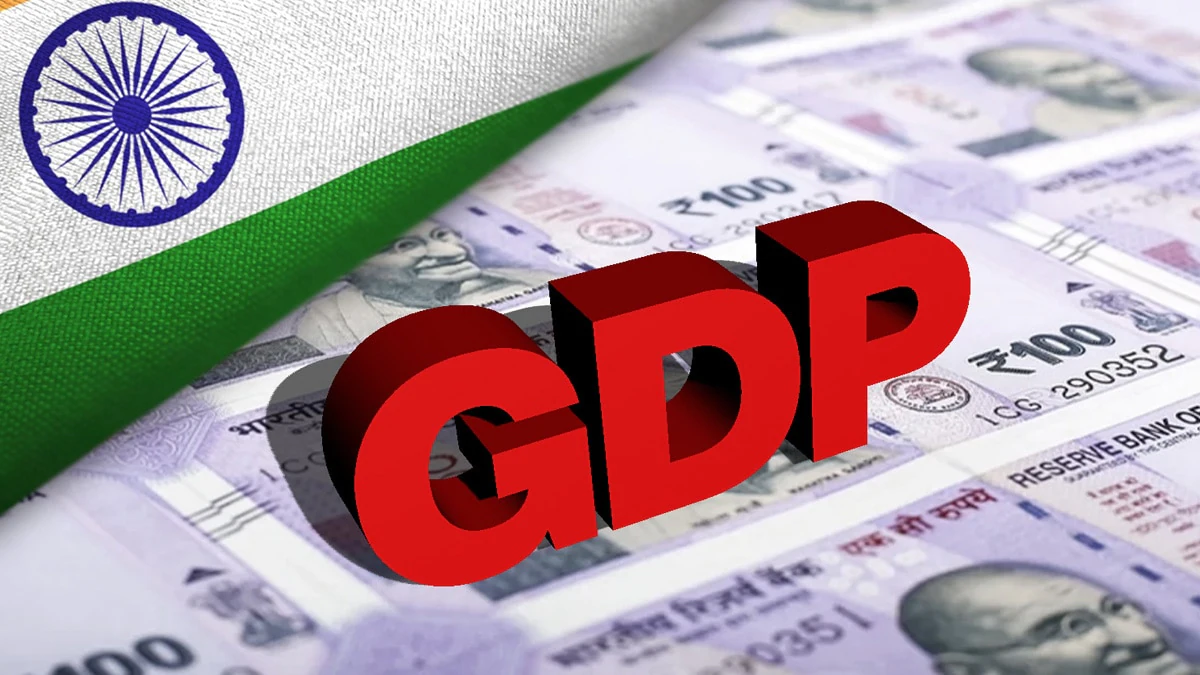
World Bank Cuts India’s GDP Forecast; What Does It Mean For the Country?
India is currently experiencing widespread inflation and unemployment. The World Bank has revised down India’s gross domestic product (GDP) prediction for this year from 8.7% to 8%, citing deteriorating supply constraints and rising inflation risks resulting from Russia’s invasion of Ukraine.
Fuel costs are one of the hardest impacted commodities in this regard, with petrol prices reaching the Rs 120 mark in numerous states and compressed natural gas (CNG) prices now equaling what petrol used to cost.
In terms of unemployment, statistics from the Centre for Monitoring Indian Economy (CMIE) reveal that the country’s jobless rate has only slightly improved in recent months, falling from 8% in February to 7.5 per cent in April.
IMF slashes India’s GDP growth forecast for FY23 to 8.2%
In its latest World Economic Outlook report, released on Tuesday, the International Monetary Fund lowered its forecast for India’s FY23 GDP growth to 8.2% from 9%, owing to a combination of weaker domestic demand (as higher oil prices are expected to weigh on private consumption and investment) and a drag from lower net exports.
In addition, the international agency decreased India’s FY24 growth prediction by 20 basis points to 6.9%, down from 6.9% in January.
In addition, CPI-based inflation in the country is expected to be 6.1 per cent in FY23 and 4.8 per cent in FY24. In its WEO prediction for FY24, the IMF added further.
The World Bank had previously cut India’s GDP prediction for FY23 to 8%. Meanwhile, the Reserve Bank of India (RBI) has slashed India’s GDP forecast for the current fiscal year to 7.2 per cent.
Meanwhile, the IMF lowered its global growth prediction by nearly a full percentage point, citing Russia’s war in Ukraine as a reason, and warned that inflation had become a “clear and present concern” for many countries.
China, which grew at an annual rate of 8.1% in 2021, is expected to increase at a pace of 4.4 per cent in 2022 and 5.1 per cent in 2023. The US has been estimated to grow at 3.7 per cent in 2022 against 5.7 per cent in 2021. According to the IMF study, the country’s growth forecast for 2023 has been lowered to 2.3 per cent.
According to the IMF’s analysis, the war is anticipated to reduce growth and raise prices further, even though its forecast is defined by “unusually significant uncertainty.”
Further restrictions on Russian energy and a broadening of the conflict, as well as a faster-than-expected downturn in China and a new outbreak of the epidemic, could weaken the economy and raise inflation, triggering social discontent.
Given the war’s direct repercussions on Russia and Ukraine and global spillovers, the international lender reduced its estimates for the second time this year, now projecting global growth of 3.6 per cent in 2022 and 2023, down 0.8 and 0.2 percentage points from its January forecast.
Medium-term global growth is expected to decline to about 3.3% over the medium-term, compared to an average of 4.1% in the period from 2004 to 2013 and an increase of 6.1% in 2021.
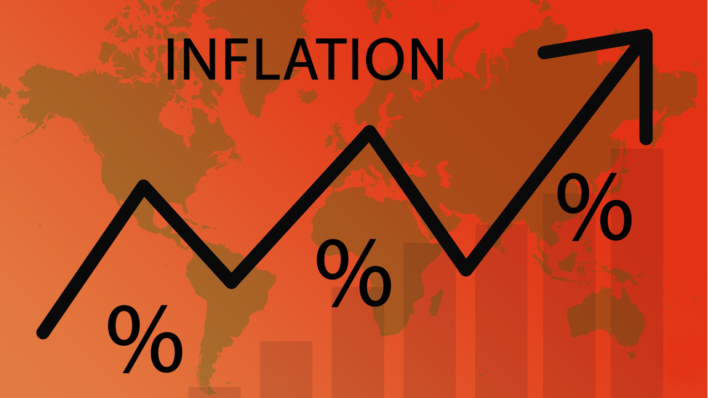
Unemployment, inflation on the rise: Indian economy to brace itself for coming days
In January, India’s retail price increased 6%, the highest level since July 2021. Inflation has risen for the fourth time in a row.
Inflation has also surpassed the Reserve Bank of India’s upper tolerance limit for the medium-term inflation objective of 4% within a +/- 2% band.
INDIANS PAYING 198% MORE MONTH-ON-MONTH FOR FOOD & BEVERAGES
Food and beverage prices have risen, resulting in severe inflation. According to data analysis, food and beverages contributed 43 per cent to inflation year over year and 198 per cent month over month.
Food inflation has risen to a 14-month high of 5.43 per cent, posing a severe threat to the average person.
Food price increase passes the buck to the ‘aam admi,’ who must sell more to make ends meet.
“Rise in Brent crude prices prompted by geopolitical concerns and the falling rupee are fuelling inflation,” Rupa Rege Nitsure, chief group economist at L&T Financial Holdings, explained how other factors impact price increase.
On the other hand, RBI predicted that India’s average inflation would ease to 4.5% in 2022-23, down from 5.3 per cent last week.
Governor of the Reserve Bank of India, Shaktikanta Das, stated, “There’s no reason to be concerned about increased prices. The inflation rate is predicted to be approximately 6%. That should not come as a surprise or cause anxiety because we have considered that.”
FOOD: THE DRIVING FORCE BEHIND RISING INFLATION
Food inflation has surged to 5.4 per cent month over month, up from 4 per cent the prior month.
According to data analysis, the price increase in eggs was 4.15 per cent in February, compared to 2.23 per cent in January. In February, inflation in oils and fats was 16.44 per cent, down from 18.70 per cent in January.
According to economists, on the other hand, food inflation is expected to fall in the coming months.
According to Kapil Gupta, an economist at Edelweiss Securities, “Across all food commodities, the fundamental trend is downward. Cereals and milk price increase is around 4%, whereas vegetable inflation is around 5%. Food inflation is expected to lessen in the future.”
“We’ve seen how inflation for pulses, eggs, meat, and fish, which was in double digits for much of 2021, has dropped to 3% and 5%, respectively. As a result, I anticipate that food inflation will decline shortly, “Kapil Gupta added.
FOOTWEAR AND EXPENSIVE CLOTHING
Footwear, apparel, and personal care products are among the areas that have seen price increases.
Price increases in these areas increased month over month. Based on rising cotton costs, clothing and footwear inflation has reached a 197-month high of 8.84 per cent.
Automobiles and fast-moving consumer goods (FMCG) industries are seeing higher input costs, fueling inflation. Items are becoming more expensive due to rising input costs as corporations pass the cost increase on to the customer.
In January, household goods and services prices reached 7.1 per cent, the highest level in 94 months.
THE GOVERNMENT IS PAYING ATTENTION TO OIL PRICES.
In the Rajya Sabha, Union Petroleum Minister Hardeep Singh Puri stated that the government would take all necessary steps in the coming months to guarantee that customers are relieved of high fuel costs caused by the Russian-Ukraine conflict.
“The government will also continue to reduce cooking gas costs to cushion people from excessive prices,” Hardeep Puri added.
Hardeep Puri also mentioned how oil firms keep prices under control. “When it comes to fuel prices, the oil marketing firms have the final say.” “When they can no longer stomach it,” he continued, “they will go with a fuel hike.”
Brent crude oil prices, which reached a 14-year high of $139 per barrel on March 7 after touching $100 per barrel on February 28, are suddenly falling, providing relief to Indian oil corporations that have been instructed to keep gasoline prices under control in November last year.
Excise duty on fuel was decreased by Rs 5 per litre and on diesel by Rs 10 on November 4, 2021, to assist consumers suffering from record-high prices.
For citizens, it’s a double whammy: on the one hand, inflation is rising, while on the other hand, unemployment is also increasing.
Data issued by the National Statistical Office reveals how women’s employment has decreased concerning news on the employment front.
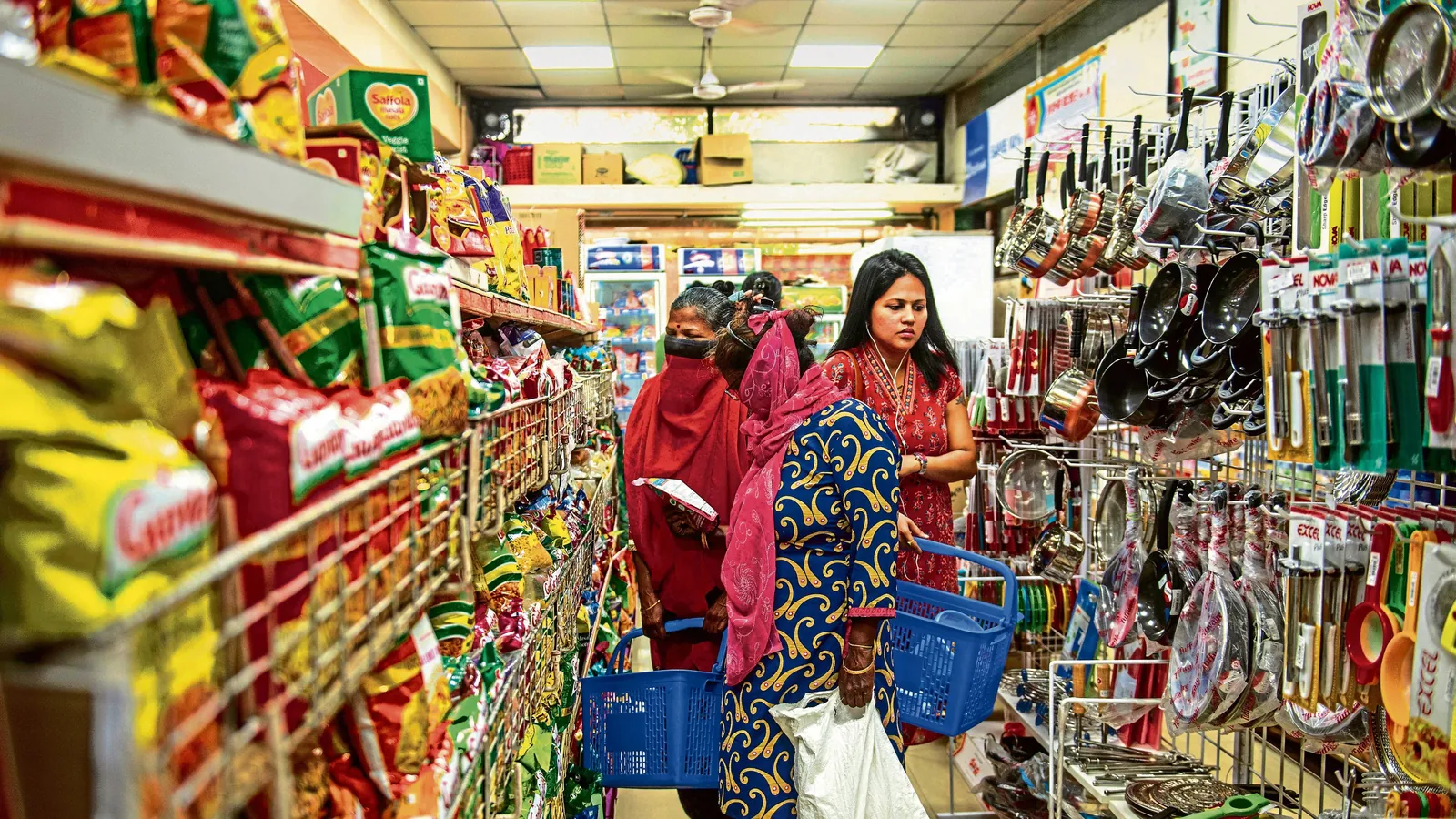
Why has retail inflation surged to a 7-month high?
Retail inflation increased to a seven-month high of 6.01 per cent in January, surpassing the Reserve Bank of India’s (RBI) upper tolerance level for the medium-term inflation target of 4+/-2 per cent, owing to high food inflation, which leapt to a 14-month high of 5.43 per cent, and an unfavourable base.
In January, wholesale inflation fell to 12.96 per cent from 13.56 per cent a month earlier, but it was still in double digits for the tenth month in a row. Wholesale food inflation reached a 24-month high of 9.6 per cent.
Why is the fresh surge in inflation a concern?
The strong retail inflation is now considered structural, with price increases in non-food areas like clothes, fuel and light, household goods, health, transportation, and communication all above 6 per cent. Many states have seen inflation rise beyond 6%, with Haryana experiencing the highest rate of 7.2 per cent.
The structural feature of inflation can be seen in the fact that core inflation has remained stable (5.96% in January). Based on increasing cotton costs, clothing and footwear inflation has reached a 97-month high of 8.84 per cent. In January, household goods and services inflation hit a 94-month high of 7.1 per cent. Various automobile, phone, and FMCG companies have announced price increases in response to rising input costs.
Why the worry
There is a risk of retail price increases spreading as the RBI maintains a loose monetary policy to promote a broad-based recovery. Non-food areas like apparel, health, and transportation have already shown evidence of structural inflation. High global inflation and rising crude oil costs will put even more strain on the economy.
The double-digit Wholesale Pricing Index-based inflation rate reflects price pressures on the input side and manufacturers passing on higher input costs to their output prices. High global inflation and rising crude oil costs will put even more strain on the economy.
In the following quarters, CPI inflation is predicted to peak. According to economists, it may not reduce as rapidly as expected, especially if domestic demand recovers following the reduction of the less severe third wave, which also ruled out an immediate change in the RBI’s attitude.
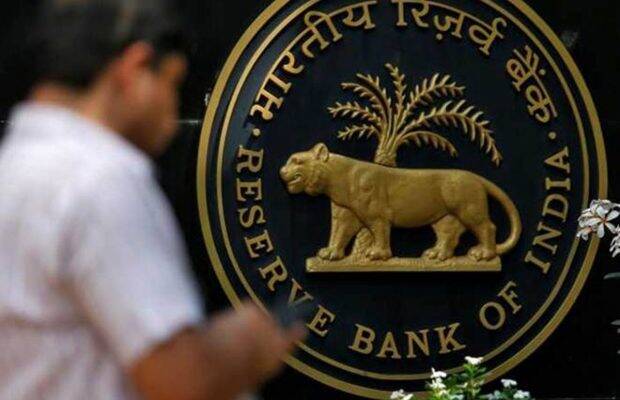
High inflation threat forces RBI to signal a change in priorities
Although the economy’s long-term output gap has yet to be closed, the Reserve Bank of India has little choice but to return its focus to its primary mandate of inflation targeting after giving growth apparent precedence for more than two years. Given the increased possibility of imported inflation due to geopolitical circumstances, the RBI would have come under fire if it had not signalled a shift in priorities.
The continuously high ‘core inflation,’ which is more responsive to monetary policy action, was another concern on the minds of the Monetary Policy Committee as they articulated the move. Though food and beverages account for about 46% of the consumer price index, core inflation (non-food, non-manufactured goods) has stayed stable for the past 21 months, exceeding 5% for the first time in February.
The Reserve Bank of India cut its FY23 economic growth prediction to 7.2 per cent from 7.8 per cent in February, citing the impact of higher crude oil and other commodity prices in the aftermath of the Russia-Ukraine conflict. It also alluded to tighter global financial circumstances, supply-side disruptions, and weak external demand.
At the same time, the central bank raised its retail inflation prediction for FY23 from 4.5 per cent in February to 5.7 per cent. Given the broad-based surge in international commodity prices, it projected elevated input cost-push pressures to endure for a longer period than previously assumed. It highlighted that their pass-through to retail prices, which has been limited so far due to the economy’s continued slackness, needs to be closely monitored.
The finance ministry had previously stated that if the current high level of international crude prices persists for a long time, it could obstruct India’s goal of reaching a real economic growth rate of 8% or higher in FY23 and pose inflation threats.
The most recent Economic Survey, released before the Ukraine conflict, predicted real growth of 8-8.5 per cent for FY23. Some analysts have lately lowered their growth forecasts for FY23 to 7-8.5 per cent. In February, retail inflation reached an eight-month high of 6.07 per cent, hitting the upper band of the RBI’s medium-term target of 2-6 per cent for the second month in a row. Due to the increase in domestic fuel prices, this is projected to have increased even more in March.
In its March report, the Department of Economic Affairs stated that the government evaluates all possible options, including import diversification, to acquire crude oil at a reasonable price.
The revised inflation prediction for FY23 assumes a regular monsoon and an average crude oil price of $100 per barrel, reflecting the central bank’s judgement of a continuous drop. Inflation is expected to be 6.3% in the first quarter, 5.8 per cent in the second quarter, 5.4 per cent in the third quarter, and 5.1 per cent in the fourth quarter, according to the forecast.
Early in March, crude prices reached a 14-year high of $140 per barrel, and despite modest adjustments, they remain volatile at high levels.
Furthermore, a surge in international prices of key food items, such as edible oils and animal and poultry feed, due to a supply shortage “imparts high uncertainty to the food price outlook, necessitating continuous monitoring,” according to the central bank, which also called for proactive supply management to keep inflation in check.
In terms of economic growth, the central bank now expects real growth of 16.2 per cent in Q1 (assisted by a favourable base), 6.2 per cent in Q2, 4.1 per cent in Q3, and 4 per cent in Q4.
“There is a clear signal that the accommodative policy, while retained, would shift as there will be a progressive drawdown of cash keeping inflation trends in mind,” said Madan Sabnavis, chief economist at Bank of Baroda.
Although the governor hinted at utilising multiple measures to regulate the government’s borrowing programme, Aditi Nayar, chief economist at Icra, noted that “words on the yield curve being a public good were missing in his morning statement, suggesting that (G-Sec) yields will be permitted to move up gradually.”
Governor Das said that “the order of priority for the RBI currently is inflation, growth, and financial stability, rather than the post-Covid-19 objective of preserving and boosting growth momentum,” according to Indranil Pan, the chief economist at Yes Bank. Withdrawal of ultra-comfortable liquidity had already begun the process of neutralising monetary policy.
According to Prasenjit Basu, chief economist at ICICI Securities, the MPC’s new policy stance is justified for two reasons. First, because excessive price increase is partly due to (external) supply shocks, lowering aggregate demand through monetary tightening would not solve the problem. Second, there is a significant output gap, with the economy contracting by 6.6 per cent in FY21 and growing by 8.9 per cent in FY22 (far from closing the gap in an economy with potential growth of 7 per cent annually).
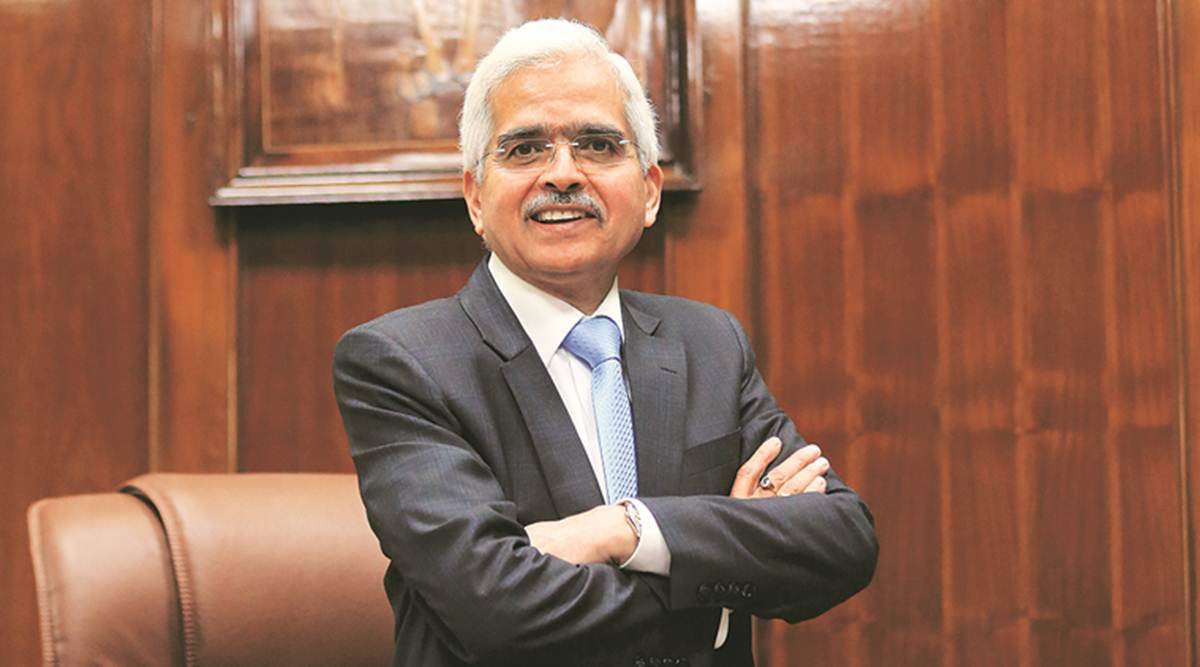
The minutes of the MPC show a clear shift in the RBI’s priorities, with the taming of inflation now taking precedence.
According to the minutes of the most latest meeting, almost all monetary policy committee members are concerned about rising inflation, even while risks to the domestic economy warrant continuing monetary policy accommodation.
Inflation is expected to continue over the upper tolerance band in the short term, despite reduced adjustments to GDP predictions, according to Reserve Bank of India (RBI) governor Shaktikanta Das.
To ensure macroeconomic and financial stability, Das said the current conditions necessitate prioritising inflation and anchoring inflation expectations in the sequence of objectives while keeping in mind the ongoing growth recovery.
The Reserve Bank of India (RBI) has announced that it is leaving its easy monetary policy in an unexpected move. The most recent monetary policy meeting took the markets off guard by announcing that it now prioritises controlling price increases over promoting economic growth, reversing a two-year trend.
Shaktikanta Das and his colleagues have indicated that they will focus on removing accommodating policies while setting a new 3.75 per cent standing deposit facility rate to absorb excess cash from lenders.
In March, India’s retail accelerated to a 17-month high of 6.95 per cent, remaining beyond the Reserve Bank of India’s tolerance zone for the third month in a row, owing primarily to a prolonged rise in food costs. Inflation in the food sector increased to 7.68 per cent in the reporting month.
The war in Ukraine has heightened geopolitical tensions, clouding the inflation forecast for central banks throughout the world. Food and gasoline prices have pushed the RBI’s inflation prediction for the current fiscal year up to 5.7 per cent from 4.5 per cent.
Meanwhile, RBI deputy governor Michael Patra remarked that high prices put public tolerance to the test in developed and emerging nations.
He agreed that the longer the struggle is postponed, the more difficult it will be to control inflation.
“Supply interruptions, surging commodity prices, and accompanying financial market instability no longer tell about anxieties of future inflation’s shape – the worst fears are now materialising,” he added.
Mridul Saggar, another MPC member, stated that monetary policy should not be guided by the pre-pandemic tendency at this time but rather by non-inflationary, long-term economic growth.
“Inflation expectations must be closely monitored. If expectations are rising, particularly if they become irrational and begin to rise faster than real inflation, monetary policy must intervene to prevent a self-sustaining inflationary cycle, “he stated
“The plot is well-defined. Inflation and price control are the primary concerns. A position change to neutral and a repo rate hike are expected in June policy, “L&T Financial Holdings’ top economist, Rupa Rege Nitsure, suggested.
If global crude oil prices stay around $100 a barrel, Nitsure expects a 25 basis point boost, but more aggressive action will be required if prices rise further.

Impact of inflation on the Indian economy
Inflation appeared to be a persistent issue in many places around the globe. It causes inefficient resource allocation and reduces potential economic growth; it is well acknowledged. Inflation imposes enormous costs on economies and societies; it disproportionately affects the poor and those on fixed incomes; it creates uncertainty across the economy and threatens macroeconomic stability. Because the poor are less equipped to shield themselves from the repercussions of high inflation and hedge against the risks that high inflation poses, high prices have permanently harmed the poor more than the wealthy. As a result, lowering inflation directly benefits the low- and fixed-income groups.
Rapid inflation can destabilise our entire economy and lead to a financial crisis in the country. The most significant effects of inflation on an economy is a general slowing. When this happens, unemployment rates rise, consumer spending power falls, and financing becomes more expensive. All of this puts a burden on the country’s overall financial system.
As a result of the increased prices, production inputs such as labour and raw materials have become more expensive. The profit margins of businesses are shrinking. After a certain point, the companies pass the cost of these extra fees on to the final customer. Increased prices has hurt the industrial sector, which has harmed the entire economy.
Suppose the cost of goods and services continues to rise. However, consumer salaries and income do not grow in lockstep; there is a lag. As a result, these final consumers’ goods and services become less affordable. And those in the lowest income bracket are the ones that suffer the most. They are unable to purchase even the most basic essentials.
One of the most significant effects of inflation in an economy is a general slowing. When this happens, unemployment rates rise, consumer spending power falls, and financing becomes more expensive. All of this puts a burden on the country’s overall financial system. It hinders both domestic and international players from making large investments in the economy.
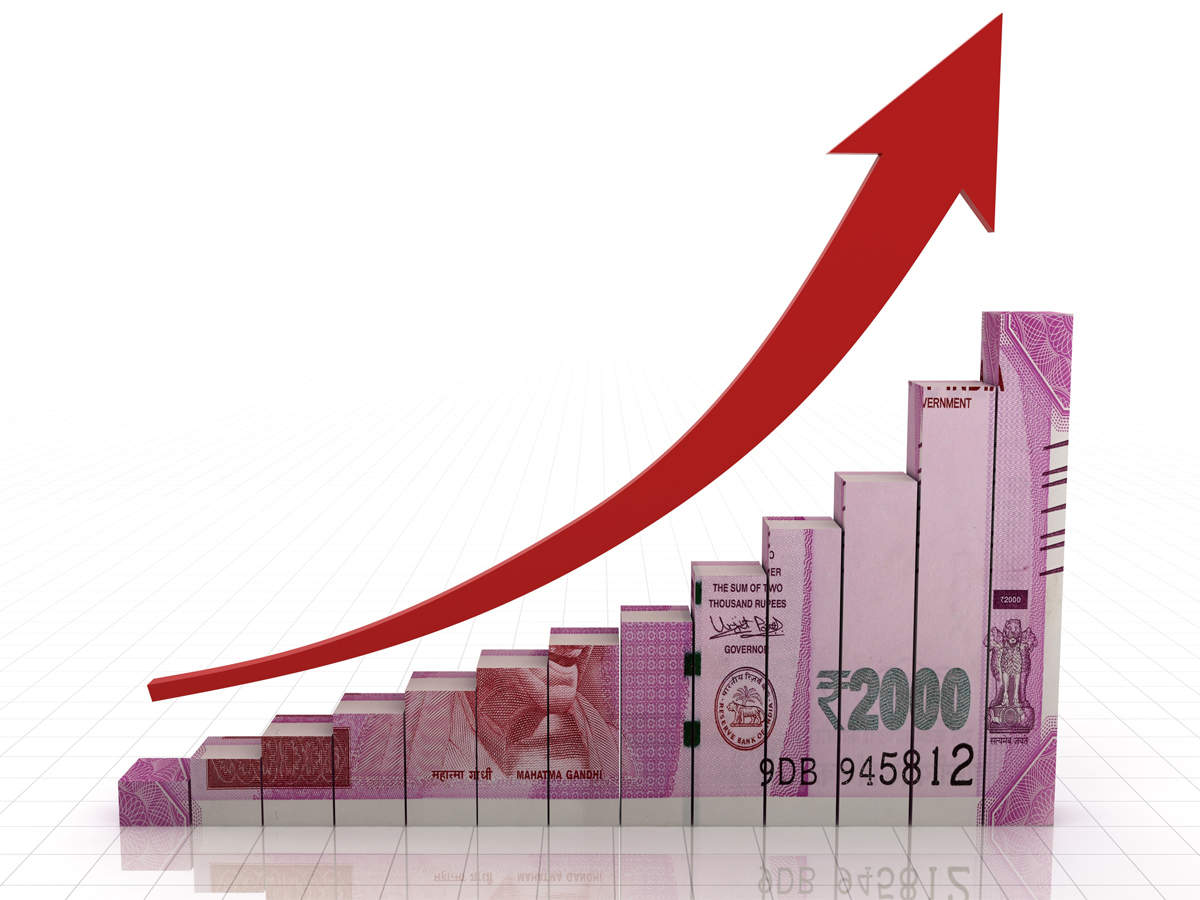
Conclusion
Inflation has a negative impact on the lives of the middle and lower classes. The government must implement massive, effective, and long-term initiatives to control inflation. With the experience of a new face on employment policies and a fresh breath on the level of life around the world, inflation has been appropriately managed or avoided in the global economy.
For the sake of inflation, as people’s incomes decrease, they begin to consume or purchase fewer of these products and services. This causes a slowdown in both consumption and production. Because of the high prices and expected weaker demand, manufacturers will produce fewer goods. As the price rises, banks will raise interest rates. Borrowing becomes more expensive for both consumers and businesses due to this. As a result, fewer cars, houses, and other items will be purchased. Because borrowing rates are high, industries will not borrow money from banks to invest in capacity growth.
edited and proofread by nikita sharma




